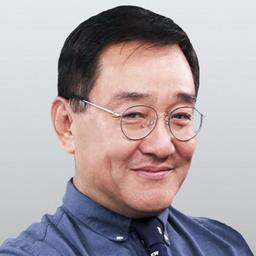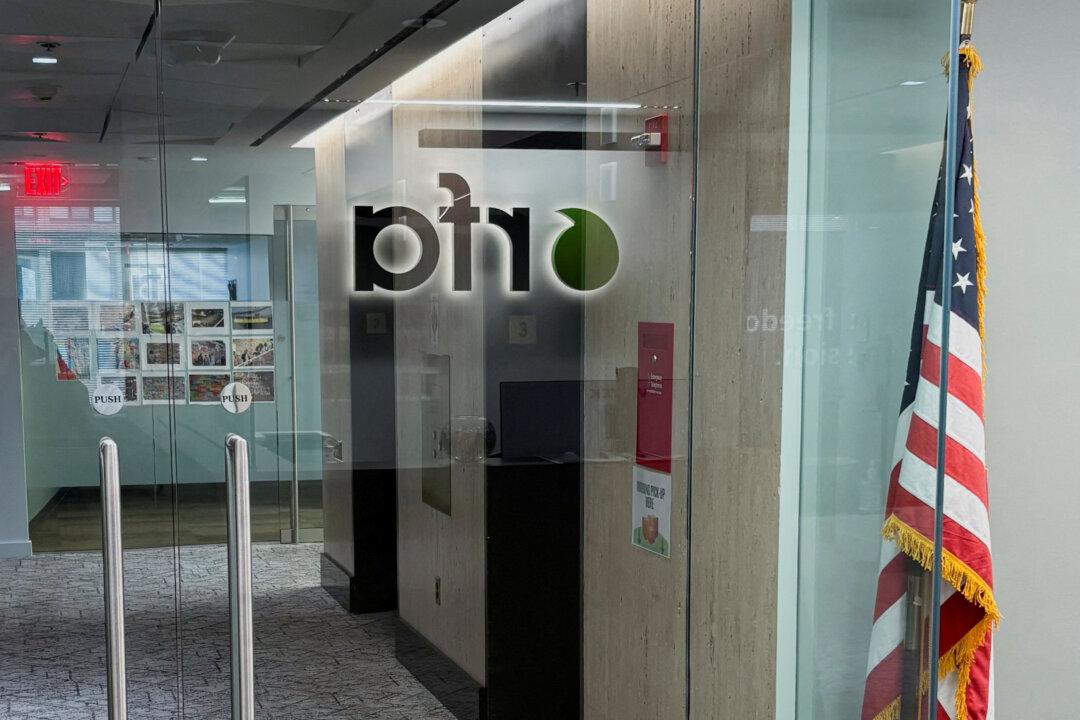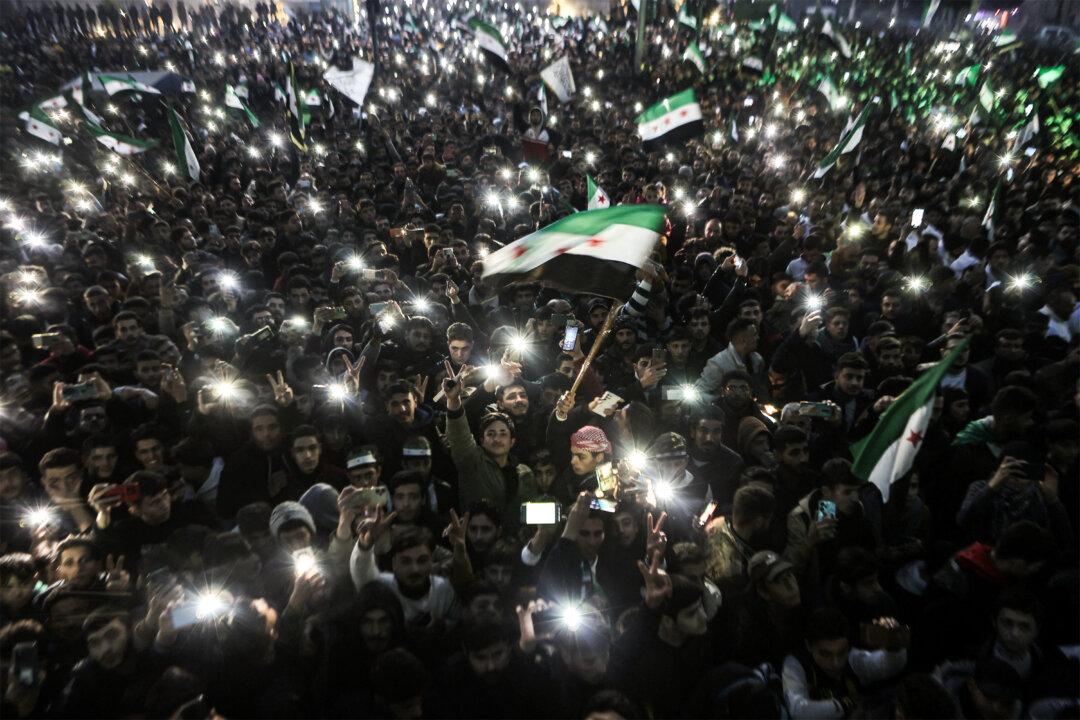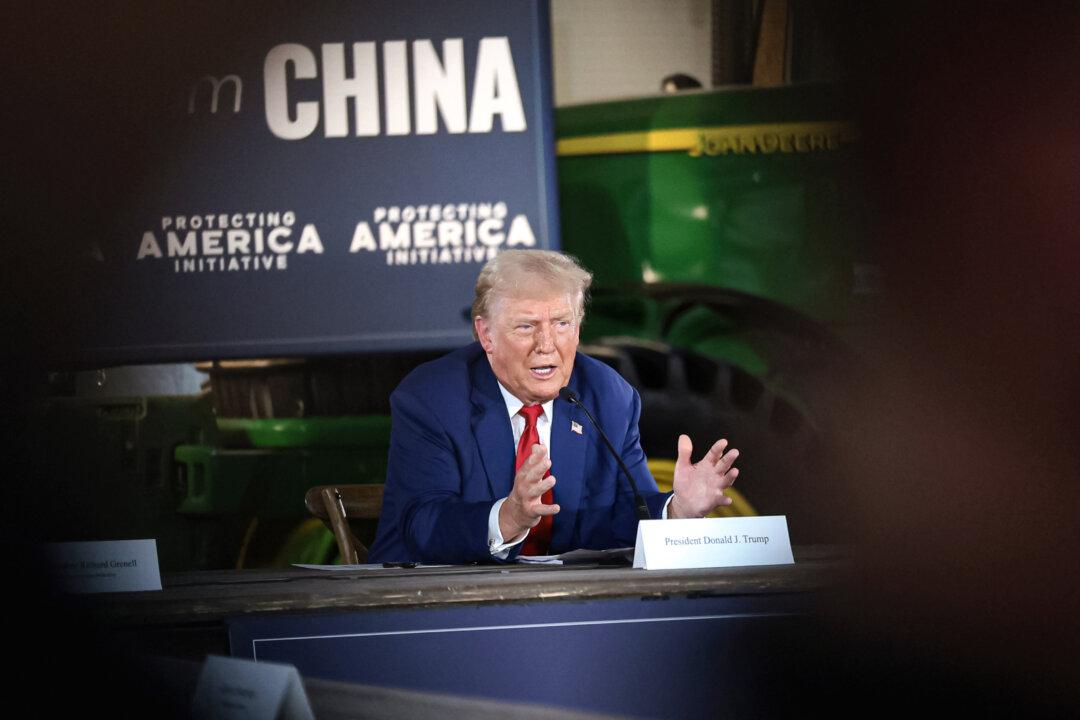A statewide survey of California’s K-12 education system indicates that nearly 90 percent of respondents are dissatisfied with the current quality of public education in the state, and more than 80 percent don’t want ethnic studies to be a high school graduation requirement.
The result shows that 88.3 percent of survey participants are unhappy with California’s K-12 public education. Moreover, 85.1 percent don’t want the “Ethnic Studies Demonstration Course” included as compulsory for high school graduates, and more than 77.7 percent disagree with the implementation of the course.
Ethnic Studies Model Curriculum
The Ethnic Studies Model Curriculum (ESMC), voted as the most unpopular course by the survey respondents, is very different from genuine ethnic studies. High schools across the country have introduced ESMC, ethnic studies, or critical thinking courses in recent years. But, in essence, all these courses fall under critical race theory (CRT).The Chinese-language Christian Post revealed that many of the 14,000 public school boards in the United States have accepted CRT as part of their curriculum.
“More than 4,500 schools across the country have begun to incorporate the 1619 Project into their curriculum,” the Jan. 25 article stated, adding that CRT has also made its way into Christian private schools, but parents have remained silent due to fear.
“Critical Race Theory is a hateful, divisive, manipulative fraud,” the statement reads. “Hate groups, with allies in politics, the press, and education, pass CRT off as anti-racism and diversity, equity and inclusion, but CRT is exactly the opposite. From its very roots, CRT is racist, repressive, discriminatory, and divisive.”
The organization views CRT as a contemporary version of the Chinese Exclusion Act, which must be opposed.
The Chinese Exclusion Act, passed by Congress and signed by President Chester A. Arthur in 1882, was the first significant law restricting the influx of Chinese immigrants to the United States, particularly California. It blocked Chinese immigration for 10 years and declared Chinese immigrants as ineligible for naturalization.
CACA then shared a story of a Chinese third grader at an elementary school in Cupertino, whose father found out that the CRT course at the school incites racial conflicts, and so he organized parents to stop it.
The Chinese have “come into the CRT’s crosshairs” as Chinese Americans advocate merit-based education, CACA’s statement said.
In Walnut City, the mother of a student surnamed He believes that California’s ethnic studies curriculum based on CRT is meant to criticize and vilify American traditional values and indoctrinate students with the communist “struggle” theory.
Critical Theory Also Known as Cultural Marxism
The type of Marxism advocated by the communist party of the former Soviet Union in the past, and in mainland China to this day, is called economic Marxism. It pays special attention to citizens’ economic status, which, in turn, determines each citizen’s class. Citizens are then categorized as landlords, rich peasants, capitalists, workers, and poor peasants.Marxism believes that the progress of human civilization is the result of class struggles.
Because the exploiting class has exploited the surplus-value of the working class, the working class, mainly industrial workers, must fight against the capitalists in order to improve their economic status. After the Chinese Communist Party (CCP) seized power in mainland China, it immediately carried out land reforms and divided people into different classes.
The regime encouraged open discrimination against the rich, such as landlords, rich peasants, and capitalists. These groups of people weren’t only deprived of their assets, but they were also denied political rights. Moreover, their children were also deprived of their rights to education, jobs, and promotions at their workplace.
All these “struggles” launched by the CCP in the early years revolved around the concept of “classes,” which seemed to be an economic concept only. But in actuality, they also included groups being suppressed based on ideology and culture, such as the “counter-revolutionaries,” and “rightists.”
Presently, the communist leftist movement in the United States mainly revolves around race and gender, but at the core is still the theory of “struggle.” This is one of the tactics used by communism and Marxism: divide society into various hierarchical factions and then use the differences among them to sow discord, provoke one group of people to fight against another group, and one faction to oppress the other.
The goal is to gain control and governance.
In mainland China, this kind of struggle reached its climax in the Cultural Revolution in the 1960s and ’70s. It also began in the education system after Mao Zedong declared: “The phenomenon of the bourgeoisie ruling our schools can no longer continue.”
Subsequently, “Red Guard” youths suddenly emerged, killing more than 1,000 people in Beijing within three months. Many teachers and principals in middle schools were victims. Shortly after the mass killing in Beijing’s education system, the Cultural Revolution officially started throughout China.
During the 10 years of the Cultural Revolution, universities basically ceased operations, but there were still some sporadic enrollments.
In 1973, a student named Zhang Tiesheng from Liaoning Province took the college entrance exam. He scored only six points (out of 100) in physics and chemistry. He then wrote to the central government, saying that he was too busy working in agricultural production and didn’t have time to prepare for the exam. He questioned “for whom the school gate is open” and said he wanted “justice” for his peasant status and the “proletarian” class.
Eventually, Zhang was upheld as a national model by the CCP to suppress the “bourgeois” who excelled academically, and “schools managed by proletarians” were promoted throughout the country.

That’s what happened in China under the CCP. Chinese people were “equalized” according to their class. Higher education became unavailable to the children of landlords and rich peasants, no matter how good their test scores were.
The critical race theory promoted in the United States is based on equal rights for different races. The concept is similar to what’s presented in George Orwell’s book “Animal Farm”—some races are “more equal” than others.
In the classroom, the teacher will ask the students to classify themselves. Are you a white supremacist? A beneficiary of white society? In either case, you are an oppressor and need to be educated, reprimanded, and suppressed. If you are a Christian who believes that there are only two genders, you are basically the “enemy of society.” The school may organize a team to educate you, and other students will laugh at you and isolate you, or even openly discriminate against you.
Of course, if you are a person of color, you were born to be oppressed. But if you aren’t a Christian, and you approve of multiple genders and homosexuality, you are considered a social elite, just like the Chinese student Zhang. Everyone will believe that you have the innate ability to manage society and even have the privilege to oppress others.
Unfortunately, it’s difficult for the Chinese and most Asians to be recognized as the leftist elites of color. Most Asian students do well in school, especially at “racist” mathematics, and have a high percentage of college graduates among them. Many Asian families have high incomes and often have conservative values. Many of them are Christians.
Therefore, most Asian Americans, including the Chinese, will be identified by the left as the “beneficiaries of white supremacy” and will be rejected.
Of course, this kind of society can’t remain stable, let alone sustainably develop.
In 1979, before the CCP began its “reform and opening up” of China’s economy, the first thing the regime did was to abolish all the classifications of landlords, rich peasants, and rightists. And it restored everyone’s status as ordinary people. It’s hard to imagine that without this rectification, China’s subsequent economic reforms would have been successful.
So, while the current practice of putting people into racial categories by the extreme left in the United States isn’t unfamiliar to many Chinese, they nevertheless are truly shocked by the emergence in the United States, a beacon of liberty and hope for the entire world.
The Chinese American Citizens Alliance believes that “such racial preferences come at the expense of our children, at the expense of academic standards, and at the expense of basic fairness.”





